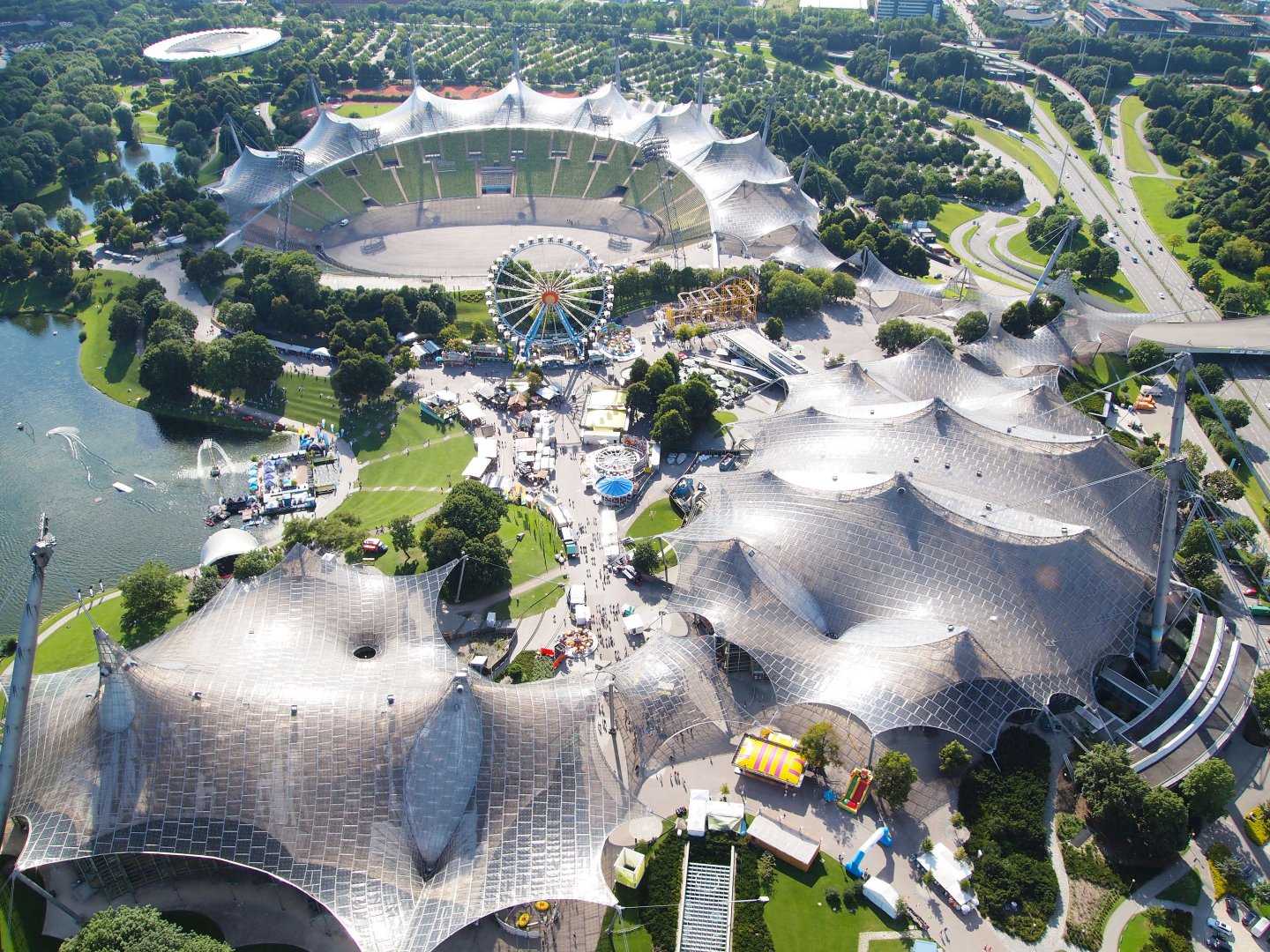
Learning by experience – Al Wakrah membrane becomes Al Janoub membrane
Please login to view abstract download link
The integration of adaptive and retractable architectural elements has become a defining feature of contemporary high-performance building design. These dynamic systems enable structures to respond to changing environmental conditions and functional requirements, resulting in enhanced spatial flexibility, energy efficiency, and user experience. Central to this approach is the principle of learning by experience, wherein iterative design and construction processes are informed by continuous feedback and accumulated knowledge, allowing for optimized performance and execution. This paper investigates the application of adaptive membrane technology through the in-depth case study of the Al Janoub Stadium in Al Wakrah, Qatar. Designed by Zaha Hadid Architects, the stadium features one of the most geometrically and structurally complex PVC membrane systems ever realized. The retractable roof, composed of an intricately patterned tensile membrane, presented extraordinary challenges in design, material behavior prediction, and fabrication logistics. Key challenges addressed include the form finding, patterning and welding of the PVC membrane under tight tolerances and minimizing fabrication time without compromising structural integrity or aesthetic quality. Integration and combination of fabrication machine capabilities, geometrical constraints, experience of workers and perception of designers or engineers are key for success. The project demonstrates how an experience-driven, adaptive approach can achieve the dual objective of delivering the highest quality membrane architecture within compressed project timelines.

